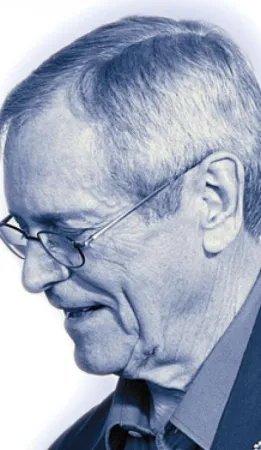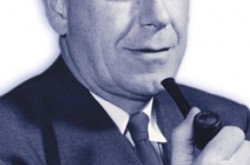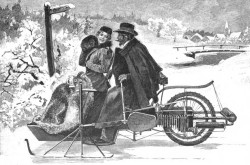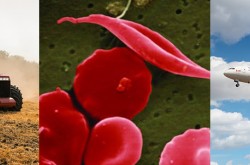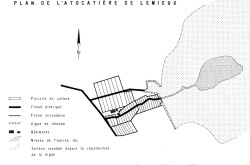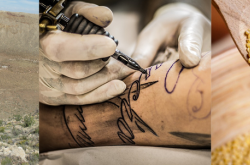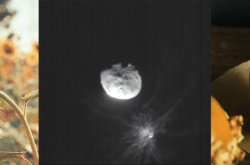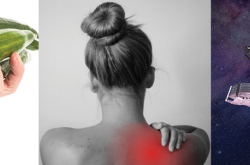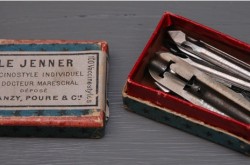James Till and the discovery of stem cells
This article was originally written and submitted as part of a Canada 150 Project, the Innovation Storybook, to crowdsource stories of Canadian innovation with partners across Canada. The content has since been migrated to Ingenium’s Channel, a digital hub featuring curated content related to science, technology and innovation.
Rebecca Meijer
Algonquin College Journalism Program
In 1962, James Till changed the face of modern medicine when he – along with his colleague Ernest McCulloch – discovered the existence of stem cells. Finding stem cells have opened many scientific doors, completely changing the way that leukemia is treated, and influencing cancer research. Even decades after their discovery, scientists are still exploring the full potential of stem cell research.
A biophysicist from Yale University, Till was interested in the growth of individual cells. He was able to actively research and pursue that interest during his career at the Ontario Cancer Institute in Toronto. After meeting McCulloch and learning of his passion for total body radiation, Till offered to help him with his research. Despite their mismatched interests (McCulloch was a fan of literature and cinema, whereas Till was more interested in athletics and curling), the two of them worked well together. Together, they studied the effect of radiation on cancer cells by replacing dead bone marrow cells with newer, healthier ones. What they found out was that the transplanted cells formed groups that eventually produced new blood cells; these groups were called stem cells.
Even long after this discovery, Till gained recognition for his research in biophysics and cancer research. He was inducted into the Canadian Science and Engineering Hall of Fame in 2010.
Transcript
Fifty years ago, Canadian Scientists James Till and Ernest McCulloch discovered stem cells and created a research legacy for Canada. As we celebrate their discovery, a new chapter begins with the official launch of the Canadian Stem Cell Foundation - Canada's voice and champion for stem cell research and its application to human health to treat and cure life threatening diseases and conditions.



